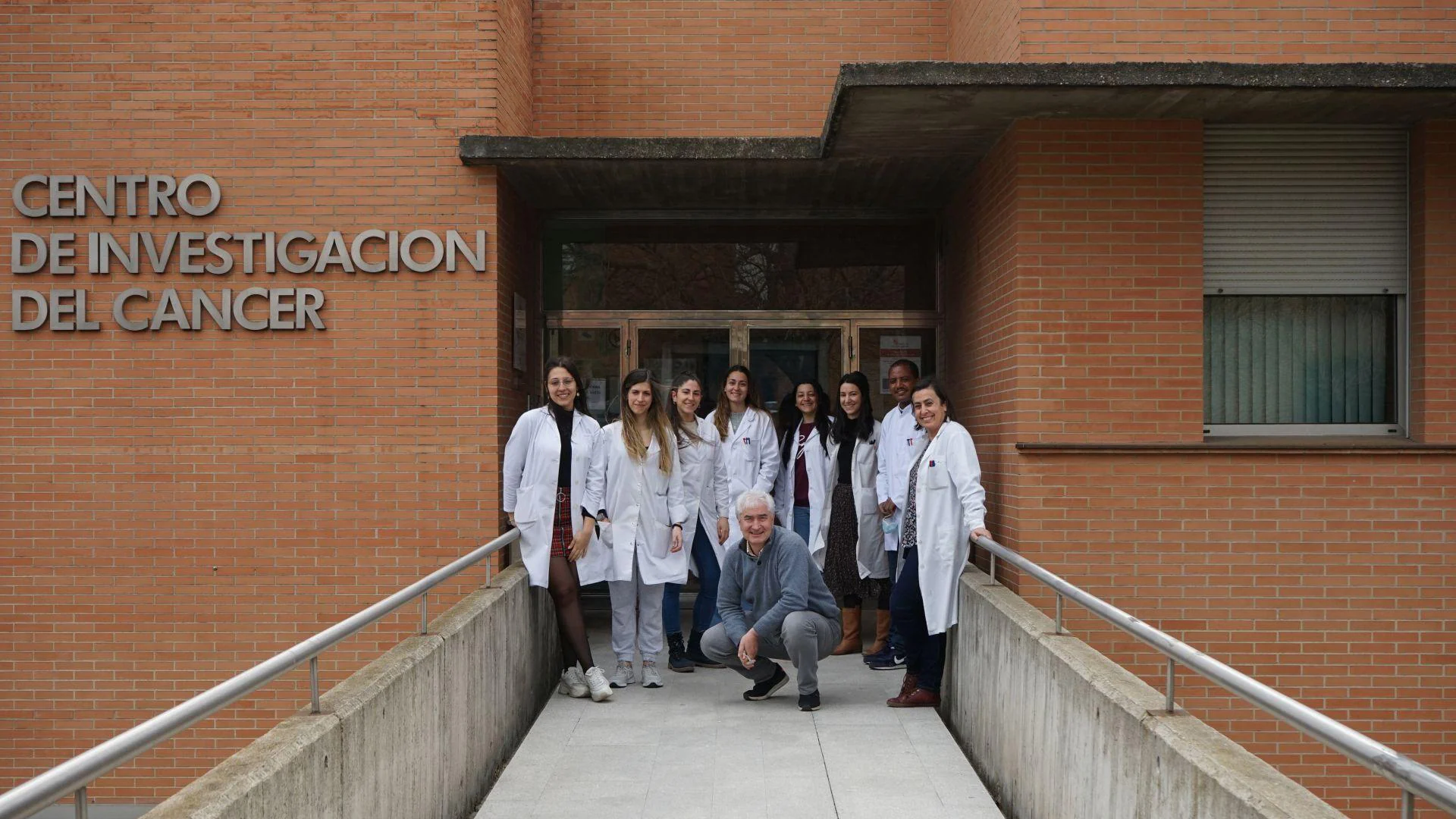Promising New USAL Study Against Breast Cancer


Friday, October 18, 2024, 3:50 p.m.
you need to be registered to access this feature.
A recent study conducted by scientists from the Center for Cancer Research (CSIC-University of Salamanca), CIBERONC and IBSAL and published in the open access journal Oncogenic, identified a new mechanism that may explain why some breast cancer patients with HER2-positive breasts develop resistance to treatment with neratinib, a drug that inhibits the HER2 protein. The presence of high amounts of the HER2 protein is detected in approximately 20% of breast tumors, which allows them to be treated with targeted therapy, such as neratinib. However, despite the initial benefits, some patients eventually develop resistance to the drug, limiting its long-term effectiveness.
The research team discovered that the enzyme peptidylarginine deiminase 3 (PADI3), previously little studied in the context of breast cancer, plays a critical role in this resistance process. Using cellular models, the researchers observed that HER2-positive human cancer cells that became resistant to neratinib had increased levels of PADI3. Surprisingly, by reducing or inhibiting PADI3 activity, the cells became again sensitive to treatment.
“This discovery identifies one of the causes of resistance to neratinib and will allow us to better understand why cells become resistant to this treatment,” explained Atanasio Pandiella, director of the study. The results suggest that PADI3 inhibitors may be used as a therapeutic option to restore the effectiveness of neratinib in patients who have developed resistance.
The study also found that by introducing high levels of PADI3 into cancer cells that initially responded to treatment, they developed resistance to neratinib. This confirms a direct link between PADI3 and the ability of HER2-positive breast cancer to escape neratinib treatment. “It is even possible that PADI3 may be involved in resistance to other types of drugs,” Pandiella adds.
This advance not only provides a better understanding of resistance mechanisms in HER2-positive breast cancer, but also suggests that PADI3 could become a marker for predicting which patients may benefit from new treatment combinations.
This work was developed thanks to public funding provided by the Ministry of Science, Innovation and Universities, the Junta of Castile and León, the consortium CIBERONC, as well as donations from several private associations such as ALMOM, ACMUMA, UCCTA and the CRIS Foundation. .
